
OR
#Opinion
How sustainable is hydropower development in Nepal?
Published On: October 4, 2022 07:41 AM NPT By: Sudip Acharya

More from Author
It is not only about a couple of dozen, it is about hundreds of hydropower projects and in most of the rivers and probably at a number of sites of the same river. Even a minor impact from a single hydropower project can be synergized by a couple of hydropower plants. The societal and environmental impact from hundreds of such projects can be shattered. As the climate warming continues, it will further negatively impact the hydropower projects.
On May 22, 1911, Prithvi Bir Bikram Shah Dev, the then king of Nepal, inaugurated the Chandra Jyoti Hydropower, known as Pharping hydropower. This is Nepal’s first and Asia’s second hydropower project. After that, it took almost 28 years for the country to build the second hydropower project northeast of Kathmandu. Generally speaking, hydropower development in Nepal has been sluggish. As early as just a few years ago, the electricity supply-demand gap was huge and the country was under up to 18 hours of load-shedding (electricity cuts). Now the situation has changed and there is no power cut, at least in the residential areas of Nepal. Also, over the recent past years, there has been a growing interest in hydropower development. According to the Department of Electriicty Development, Ministry of Energy, Water Resources and Irrigation, Government of Nepal, (DOED, GON), there are about 118 hydropower plants (> 1 MW) operating in Nepal and many are in the pipeline: 220 have received construction license, 177 (> 1 MW) have got survey license, 61 (> 1 MW) have submitted the applications for construction license, and 15 (>1 MW) have applied for survey license. These hydropower projects in total can produce almost 27657 MW of electricity when operated in full capacity which will not only be sufficient to meet the growing energy demand of Nepal but can also be exported to neighboring countries like India, China, Bangladesh etc if proper agreements can be reached with these countries. Although hydropower is referred to as a clean and green form of energy and can be used as an approach to shape the economic growth of the country, it has environmental impacts.
The extent of the environmental impacts from hydropower projects depends on the size and site-specific conditions but, in general, rivers will not be free flowing anymore. Aquatic habitat will be fragmented, leading to threat and even loss of aquatic megafauna and biodiversity. Fish abundance and richness will be severely affected. Water demand will be impacted. There will be obstruction in upstream-downstream connectivity. Water quality can be degraded. High evaporation from dammed reservoirs than from the flowing rivers affects the regional and local hydrological cycles. Global biogeochemical cycles (e.g. nitrogen, phosphorus, silicon) can be impacted due to nutrient elimination in reservoirs. Sediment regimes will have impacts. Reservoirs for hydropower construction can impact forests, agriculture activities, and wildlife habitats. Reservoirs can act as a source of greenhouse. Livelihood of the people dependent on aquatic environments will be severely influenced. People are forced to relocate for hydropower development. The Kulekhani hydropower project had led to the displacement of 3,000 individuals from 450 households. Budhigandaki hydropower project is assumed to displace 45,611 individuals economically and physically.
Climate change is an alarming threat for hydropower development. The increased trend of glacial retreat and hydrological variability will have a direct impact on hydropower development. Potential increase in glacial lake outburst floods under warming climate can destroy the entire hydropower plant. More than 25 hydropower projects in Nepal were severely affected by floods and landslides last year. A few years ago, the Bhotekoshi hydropower project was damaged by flood. Namche Hydropower plant was swept by the Dig Tsho glacial lake outburst flood in 1985.
It is not only about a couple of dozen, it is about hundreds of hydropower projects and in most of the rivers and probably at a number of sites of the same river. Even a minor impact from a single hydropower project can be synergized by a couple of hydropower plants. The societal and environmental impact from hundreds of such projects can be shattered. As the climate warming continues, it will further negatively impact the hydropower projects.
In this situation, the government, funding agencies and relevant stakeholders should cautiously assess the cumulative and synergetic environmental impact and sustainability of the hydropower bloom in Nepal. This is important because hydroelectricity production and promotion of the green economy has been proposed as one of the nine drivers of economic development in the 15th five-year plan (FY2020-FY2024) in Nepal. Unsustainable hydropower not only can lead to severe economic loss but also can be an environmental catastrophe. Many of the indigenous rare and endangered fish species and other aquatic organisms will be lost. Aquatic ecosystems can shift from one steady state to another steady state. The situation can be alarming. Livelihood of people can be severely impacted. This must be avoided. According to the World Commission on Environment and Development, “Our Common Future” (1987): in order to achieve sustainable development: “Development that seeks to meet the needs and aspiration of the present without compromising the ability of future generations to meet their own needs” , it is vital to equally consider economic growth, social inclusion, and environmental protection. If the government and relevant stakeholders fail to cautiously assess the cumulative impacts, hydropower bloom can be unsustainable in economic, social, and environmental aspects.
A study led by Deependra Neupane and published in Renewable Energy Journal in January 2022 (Volume 181) has found an enormous potential for solar and wind energy in Nepal with a total harnessed capacity of almost 47,628 and 1686 MW, respectively. Thus, it may be an appropriate time for the federal and provincial governments to set up priorities for solar and wind energy sources as a clean and green energy which can be an approach to compliment hydropower to avoid carbon-intensive energy sources such as coal, oil and gas and shape the economic growth of the country. Every step by the federal and provincial governments and relevant stakeholders should be taken before the situation is beleaguered.
(The author is a PhD student at Friedrich Schiller University, Jena, Germany.)
You May Like This
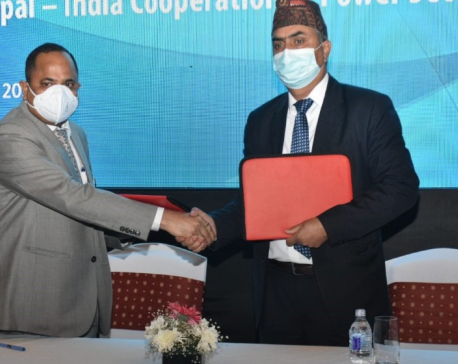
Nepal, India agree to constitute Joint Hydro Development Committee to explore development of viable hydro projects
KATHMANDU, Feb 25: Nepal and India have agreed to constitute a Joint Hydro Development Committee (JHDC) to further explore the... Read More...
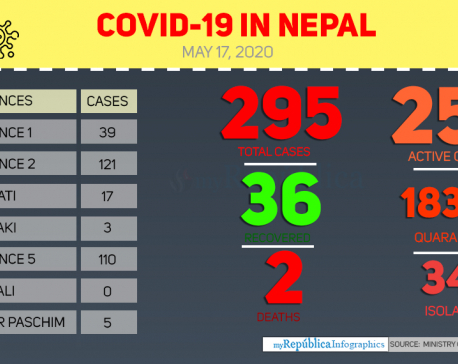
Health ministry confirms three new COVID-19 cases, number of total cases reaches 295
KATHMANDU, May 17: Nepal reported three new cases of COVID-19 on Sunday evening, taking the national tally to 295. ... Read More...
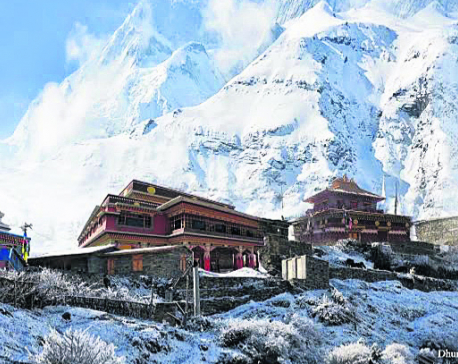
Dhurmus, Suntali to build ‘a Nepal within Nepal’
KATHMANDU, June 5: After successfully completing three settlement projects for earthquake victims and other communities, the actor couple Sitaram Kattel (Dhurmus)... Read More...
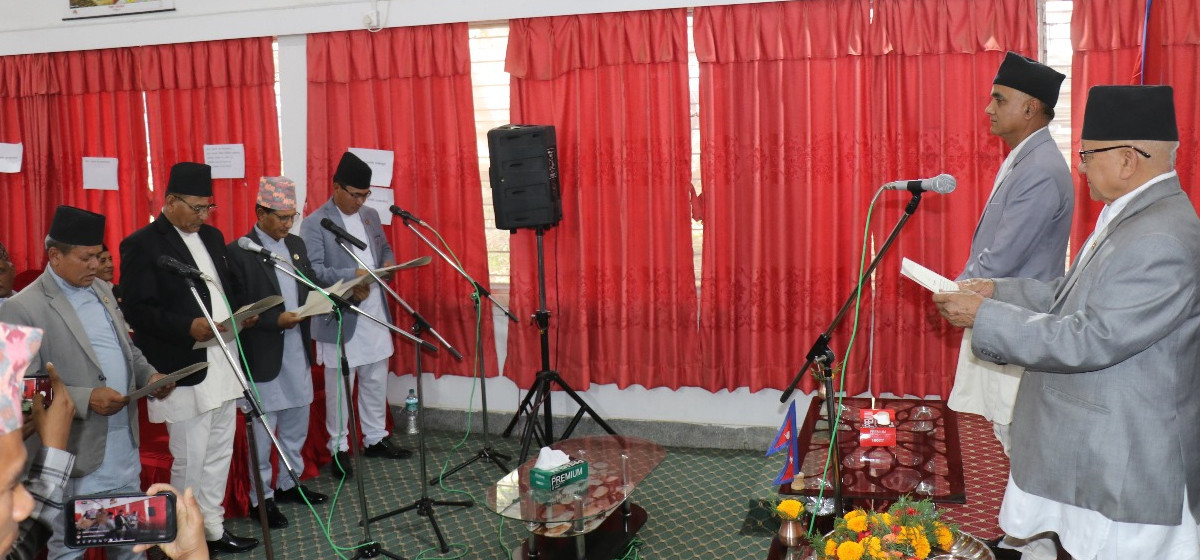
Just In
- Karnali CM Kandel expands Cabinet
- Two arrested for holding man hostage to loot 25 grams of gold
- We acknowledge the electoral message from Ilam-2 by-elections: RSP
- Bus carrying Liberty College students meets with accident, 21 injured
- Two arrested for swindling foreign job aspirants out of Rs 8 million
- One person dies while dousing fire in Lalitpur
- Demonstration at KMC Hospital following alleged negligence in patient care
- Karnali Province Cabinet to get full shape today: CM Kandel




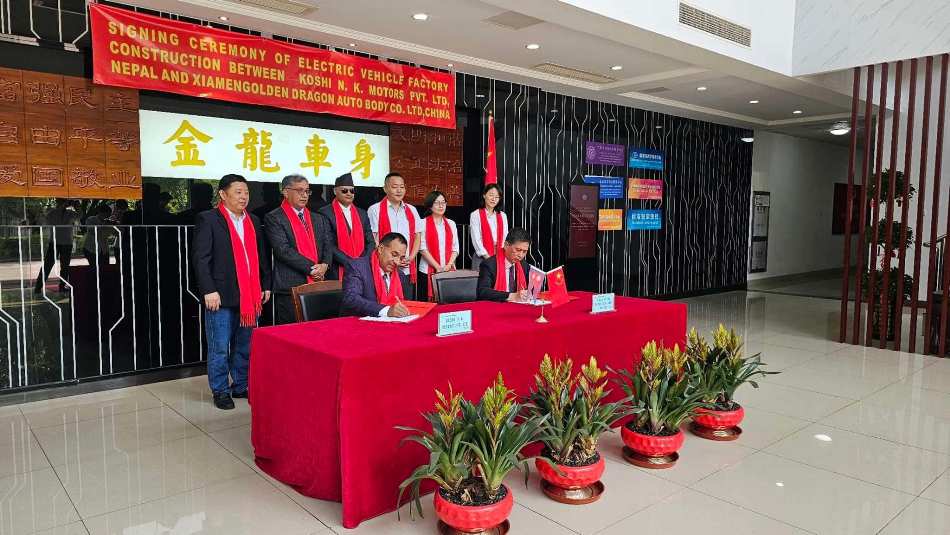

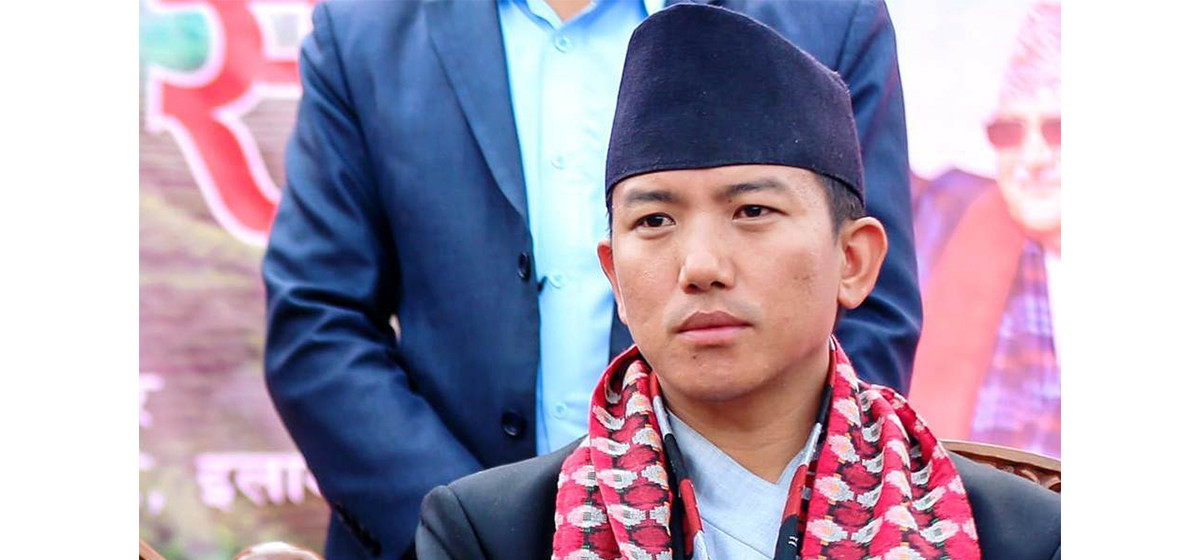

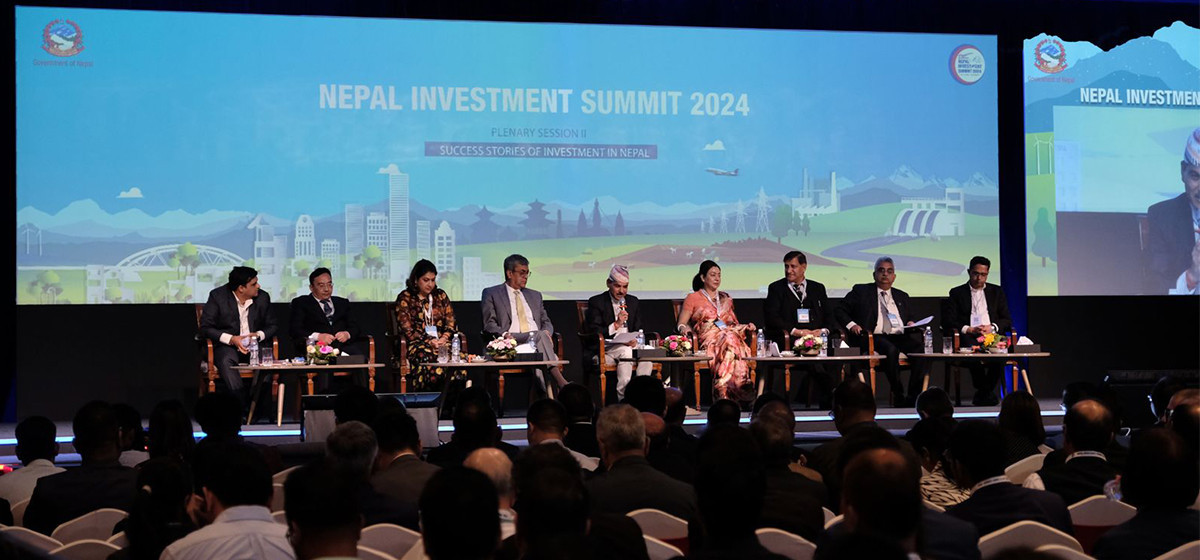
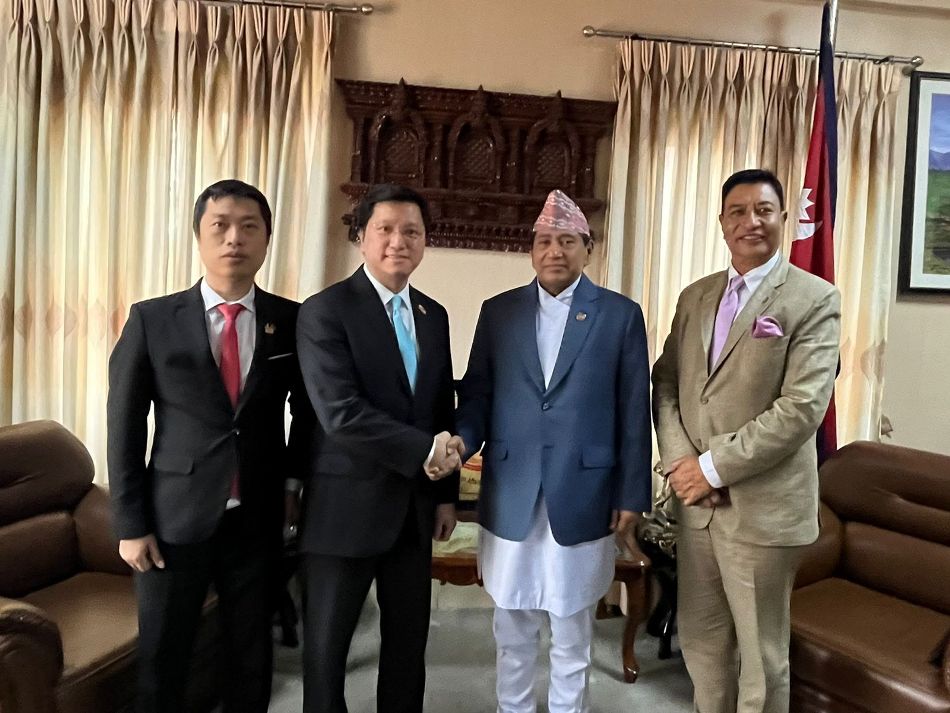

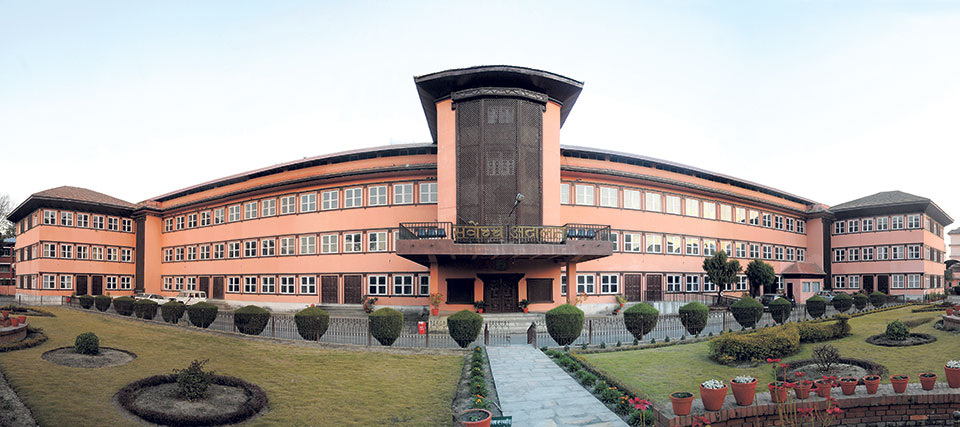

_20230226123652.jpg)
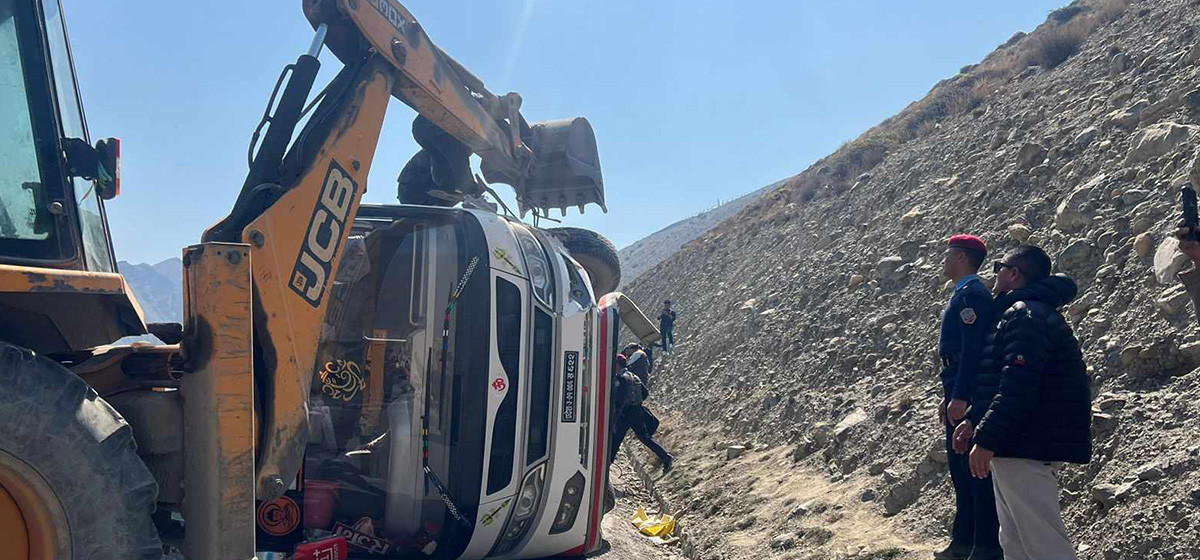




Leave A Comment